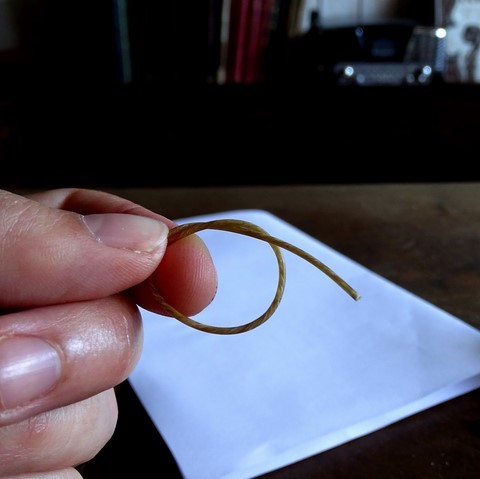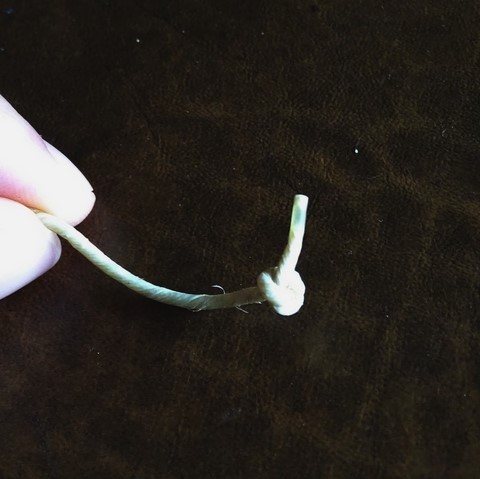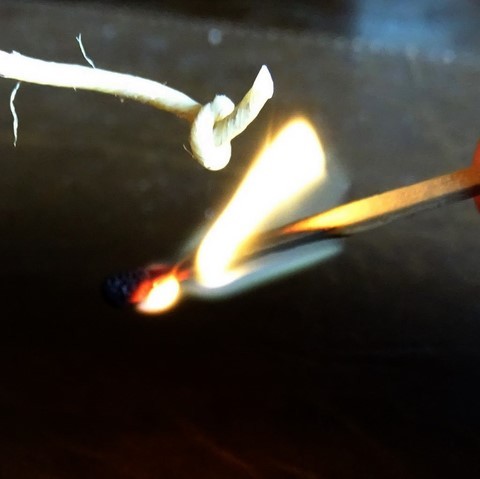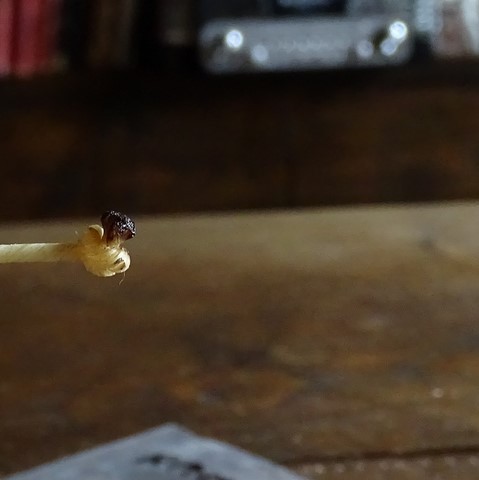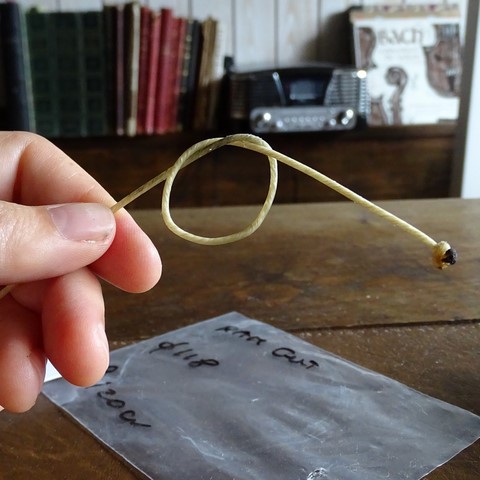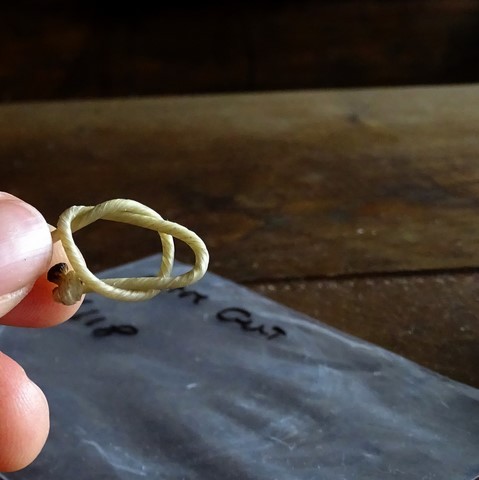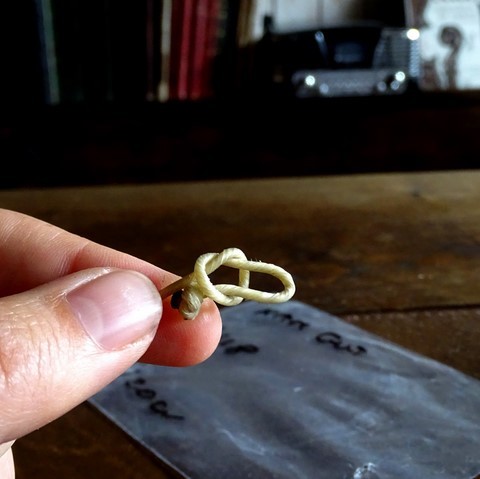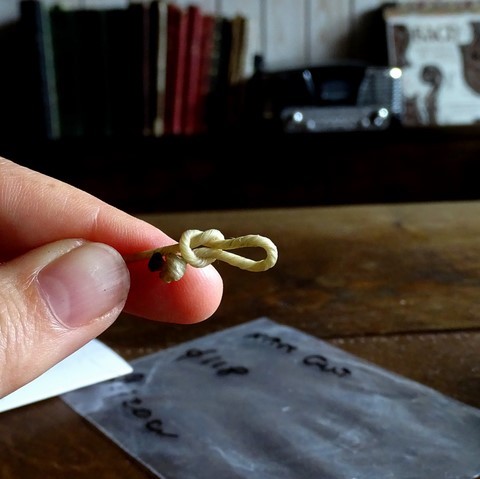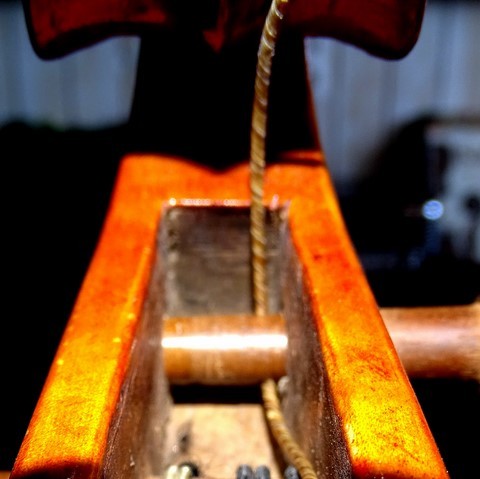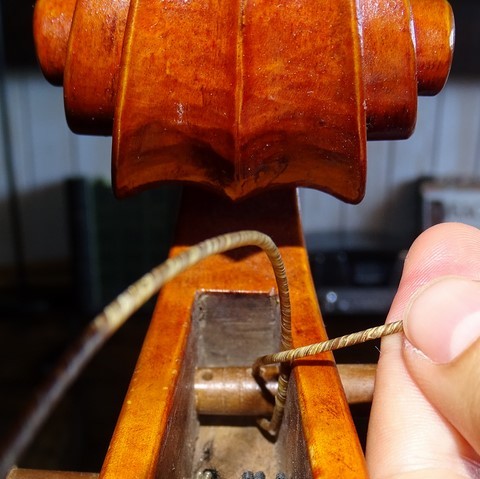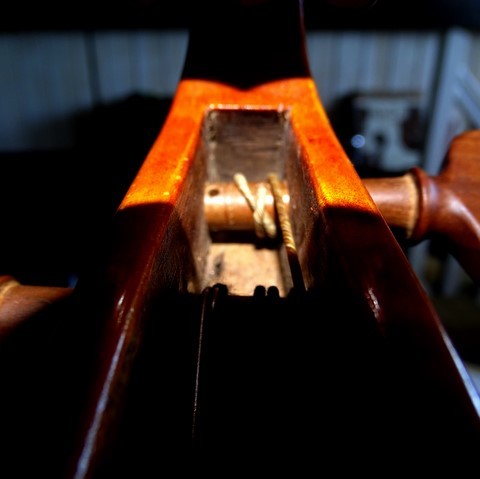Choosing the strings
Playing on guts strings is a journey, I share ideas and comments based on my own experience and research but I encourage you to make your own research on the topic.
Understanding tension and forces on your instrument will help you find the best strings for your set-up. Tension is a word often used and heard, but it is also something we feel when we play.
mass - DENSITY
The mass of a string is the amount of matter contained by the string.
- The matter of the string: plain guts
- Density of the gut: number of Kg/m³
tension - tension force -
The tension force is the force that is transmitted through the string when it is pulled tight by forces acting from opposite ends. The tension force is directed along the length of the string and pulls equally on the objects on the opposite ends of the string.
(A tension force is measured in Newtons, the newtons are then converted in Kg-force : One kilogram is equal to 9.81 Newtons.)
How to define the TENSION-force and the diameter of the string needed for your instrument?
Which diameter ?
The thickness of the plain guts string depends on the string length of the cello for the pitch and the tension force needed.
Very thin string may be too meticulous and picky, and will break easily,
Very thick may be dull and hard to put into vibration.
How much tension force does your instrument need?
For example, you string lentgth is 69cm, you tune in 415, if you play an A string of a diameter of 1.20, the tension force of the string is be 12 kg force etc.
Are 12kg enough or too much for your cello to sound well?
To know if you need more or less tension force on your string, you can increase the tension of the string (go sharper) and see if it reacts better, then do the opposite.
Note: an important pressure on the sound-board might damps the sound if the bridge is too high.
equal tension or equal feel?
Have you heard about equal tension and equal feel of tension?...
Equal tension: same tension force on each string.
Equal feel of tension: same feeling of stiffness to the touch.
How to choose the other strings once you have your first string?
This is where you have to make you own opinion and experiments... Experimenting is the best way of finding well sounding tensions on your violoncello.
Read different opinions and make your own...
https://ricerche.aquilacorde.com/wp-content/uploads/equal.pdf
http://badiarovviolins.com/jp/2010/10/28/equal-tension-a-critical-view-on-speer-de-colco-and-mozarts-stringing-advice/
comparasion To understand the consequences of the string length and the Tension-force

String calculator
My STRINGS
STRINGS i USED dURING THE PROJECT
For my first set of strings I went to Potsdam to Pure Cordes by Valentin Oelmüller - Pure Corde (II,III,IV) and by Toro Strings (I)
- I: Ø 1,20 Diskant by Toro
- II: Ø 1,64 - High twist Darmsaite
- III: Ø 2,55mm - Pure "triple"
- IV: Silver wound gut Equiv. Ø 4 mm
I then tried more strings with the help and advices of Bastian Muthesius, in Berlin, I also tried strings by Aquila, Kürschner, and Gamut Strings
.
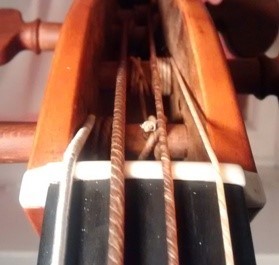
My first strings set from PURE CORDES and the one I used during my analisis of the manuscripts.
Strings I used for the RECORDING:
.
Installing the stringsMaking knots, with or without loop
.
how to make the knots on guts stringS - step by step
1. MAKE A SIMPLE KNOT
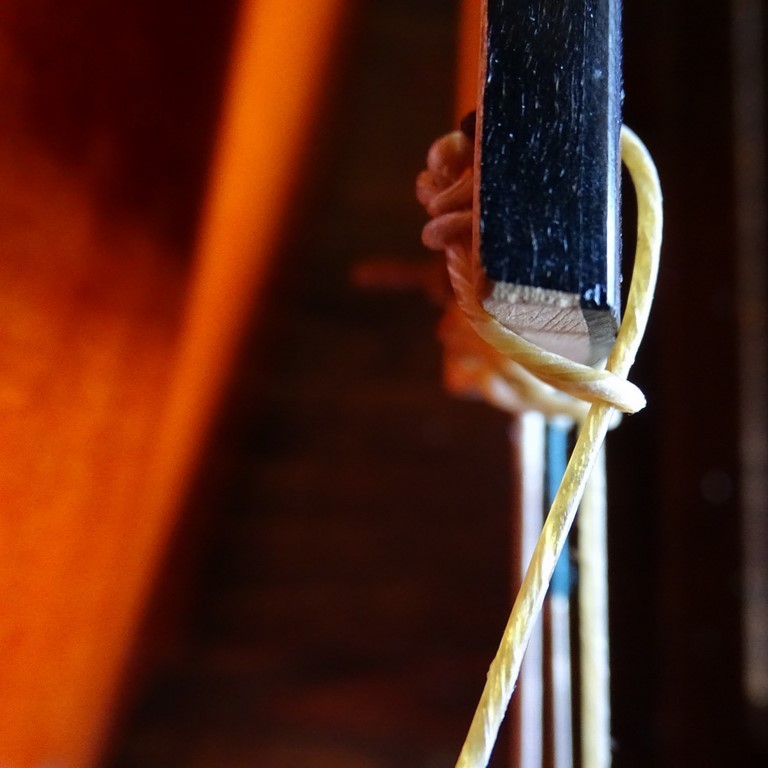

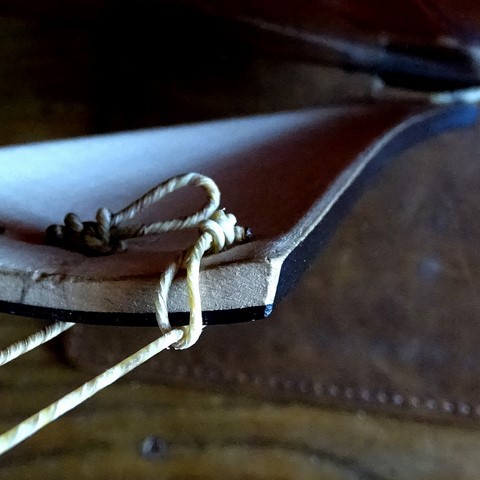
Et voila, you are ready!
.

